Most of us deal with acne at one point in our lives, but did you know there are 11 types of acne?
It’s important to know exactly what type of acne you have because different types of acne respond to different types of treatments.
Blackheads, for example are not treated the same way as cysts. And sometimes we mistake other skin conditions for acne and start treating them like they are acne, making matters much worse.
Two Main Groups of Acne
Acne is classified into two main groups:
Non-inflammatory acne, also called comedones, includes blackheads and whiteheads. This type of acne appears as white or black spots embedded in the skin. They are not red or painful since there's no infection. This type of acne is easily treated and removed.
Inflammatory acne includes pustules, nodules, papules and cystic acne. This type of acne is painful, embedded deeper in the skin, red and swollen, and usually appears around the nose, forehead and chin. It can cause throbbing pain. It can last for weeks and months and worst, it can leave temporary or permanent dark scars in the face.
What is Non-Inflammatory Acne?
Non-inflammatory acne refers to blackheads and whiteheads. These are open and closed comedones.
When a hair follicle gets clogged with excess skin cells, oil, and debris you have a comedone. A clogged comedone then becomes a visible blackhead or whitehead, with blackheads being an open comedone and whiteheads being a closed one.
These are the two types of non-inflammatory acne:
Blackheads
One of the most common types of acne, blackheads affect a range of ages from teens to people well into their adulthood. Blackheads occur when there is an open, clogged comedone. Because the clog is open, it is exposed to air. Many people falsely believe blackheads are dirt but they're actually the oxidation of oil and sebum, causing it to look black.
Blackheads are often caused by the overproduction of oil, skin cells ineffectively shedding, hormonal changes, or taking certain drugs that affect androgens.
Treating blackheads:
Blackheads can be easily treated using over-the-counter exfoliators like salicylic acid or other AHAs like glycolic acid or lactic acid.
One of my favorite natural treatments for blackheads is jojoba oil. Because it mimics the skin's natural sebum, it gently unclogs the pore and removes the blackhead. In nearly all cases of acne, cleansing twice a day can help keep sebum from building up.
If you find these are not strong enough for your blackheads, a dermatologist may be able to prescribe tretinoin, tazorac or adapalene. Blackheads can also be extracted by a licensed professional or at home using the proper tool.
Whiteheads
This common type of acne occurs when a comedone is clogged and closed. Unlike blackheads, whiteheads have a thin layer of skin covering the hair follicle that is plugged with dirt and oil. Many people confuse papules and pustules as whiteheads, but whiteheads are actually fairly small in size, not painful, nor are they inflamed.
Whiteheads are caused by hormonal changes, genetics, stress, and lifestyle.
Treating whiteheads: One of the most vital things you can do when it comes to whiteheads is to maintain a skincare routine (even when your skin is good). One of my personal favorite skincare regimens is the Banish Starter Kit, great for blackheads, whiteheads and scarring since it has the pumpkin enzyme masque with glycolic acid.
Whiteheads start under the surface months in advance, so practicing things like washing your pillowcase twice a week, washing off your makeup every night, making sure you get plenty of sleep and drinking tons of water can go a long way.
Whiteheads can also be treated with home remedies like tea tree oil, aloe vera, and apple cider vinegar.
A few over-the-counter products you can try are benzoyl peroxide, salicylic acid or retinoid creams.
What is Inflammatory Acne?
Inflammatory acne is largely due to how the body's immune system responds to "regular" acne. It can also be due to irritation (such as irritating product ingredients), genetics, hormones, diet, lifestyle, and the list goes on!
Inflammatory acne is typically defined as moderate to severe acne.
These are the four types of inflammatory acne:
Nodules
Nodules are large, inflamed, tender breakouts. Nodules are much more serious than your typical blackhead or whitehead. Unlike normal blemishes, they take a long time to heal -- anywhere from a few weeks to months. Nodules feel like hard knots under the skin and usually stay under the skin’s surface though sometimes they will develop a whitehead. Nodular acne can affect your face, back, chest, and even buttock!
Pustules
Pustules are small bumps on the skin that contain white pus, surrounded by redness and inflammation. Pustules are commonly found in clusters within the same area.
Typically caused by hormonal imbalances or changes in the body, pustules are common for teens and young adults to experience. Pustules occur from allergic reactions to food, environmental allergens, and acne (the most common cause). The skin around the bump is inflamed, when the infection continues to spread the bump becomes hard and painful, resulting in a cyst.
Papules
Papules are inflamed acne lesions. Unlike pustules, papules are not filled with puss. Papules are hard, clogged pores that are tender to the touch. They are usually pink in color. Papules oftentimes cluster together to form a rash.
Papules do not have white or blackheads, instead, they're closed red bumps.
Papules are usually caused by eczema, dermatitis, and chickenpox.
Cysts
Perhaps the most well-known type of inflammatory acne, cystic acne, is when the skin is clogged with bacteria, sebum and dead skin cells. These occur the deepest below the surface and are the biggest in size.
Cysts are large swollen red and white bumps that don’t have a head and are typically due to a severe infection.
Cysts should be treated promptly and aggressively because they're the most likely to scar. You should never try to pop a cyst as it will spread the infection deeper below the surface, and another cyst is likely to pop up in its place or nearby.
Treatment for Inflammatory Acne
Because severe acne is more closely tied to things like hormonal imbalances, genetics and food intolerances, it’s important to seek treatment from a dermatologist if that is an option for you.
I'm a huge fan of natural and non-toxic skincare treatments, but the sometimes over-the-counter treatments simply won't cut it, or using TOO many acids and treatments can cause acne to worsen.
For some, inflammatory acne can be treated with an improved diet. For others, hormonal problems may be contributing to acne. And a small group may just be using the wrong products. This means it could take you a while to determine the right treatment.
A dermatologist can work with you to decide the best course of treatment. Most of the time, prescriptions will be tried first. Then antibiotics, and as a last resort Accutane (or Roaccutane).
Severe inflammatory acne and scarring can lead to depression, social anxiety and other psychological problems. That’s why it's important to treat it as soon as possible.
Products to look for:
Look for anti inflammatory skincare ingredients to help calm the inflammation in your skin.
Ingredients that help include:
- Retinol
- Glycolic Acid
- Salicylic Acid or Willow Bark
- MSM or Sulfur
- Centella Asiatica
- Benzoyl peroxide
- Fruit Extracts
- Green Tea
- Oat
- Chamomile
- Pumpkin
Keep Skin Hydrated.
You will also want to make sure you keep your skin hydrated so your skin doesn't get overly dried out and irritated. A moisturizer that has glycerin in it will keep skin moisturized without causing irritation.
Make sure not to layer on too many treatment type products in a single routine because that can irritate the skin and make inflammation worse. Imagine if you had a bunch of cuts on your skin, and you slathered acids on it everyday, how painful and red it would get. You can think of treating your inflammatory acne in a similar way in terms of being gentle to your skin.
Reducing Inflammation
The goal is to reduce inflammation as much as possible which includes figuring out your biggest sources of inflammation, and removing those aspects and supplementing with pro anti-inflammatory activities or diet.
Stress: Reduce stress, stress comes in all forms from relationships, friendships, work, school, and life events. Being in a constant state of stress can elevate inflammation in the body, which worsens inflammatory acne.
Diet: Reducing high inflammatory foods like processed foods, processed sugars, and try to increase antioxidant rich foods from any brightly colored vegetables that you tolerate.
Exercise & Sleep: Exercise and getting sleep is important too. If your exercise feels like it is actually stressing your body then it can make things worse. Opt for more calming workouts like walking, yoga, or other activities that keep you active, but don't feel exhausting to your body.
I know it sounds easier with the busy lives we have, but if try to at least prioritize sleep if you can't fit in any exercise time.
What Are the Rare Types of Acne?
A few other types of acne are acne fulminans, acne mechanica, acne rosacea, pyoderma faciale and acne conglobata. Those who suffer from these types of acne should seek the care of a dermatologist as soon as possible. They are rare, can be difficult to treat, and may result in scarring if immediate treatment is not sought. Check out these resources on the rarer kinds of acne: Acne Fulminans, Acne Mechanica, Acne Rosacea, Pyoderma Faciale, Acne Conglobata.
It is important for you to know what type of acne you have so you know how to treat it. Proper hygiene, a sugar-free diet and a health lifestyle are the best ways to avoid these skin breakouts. Consult your dermatologist and ask for proper advice and a prescription.
Common skin conditions that are mistaken for acne:
- folliculitis - inflamed hair follicules
- keratosis pilaris
- milia
- rosacea
- sebaceous filaments
- sebaceous hyperplasia
Treating these skin conditions as acne worsen these conditions. Treating rosacea or milia with acne products can cause redness, irritation, swelling and even blistery looking bumps that are easily mistaken as acne.
If your acne treatments aren't helping your skin, and you are feeling very unsure if you even have acne, book a visit with a dermatologist to help get you on the right track.



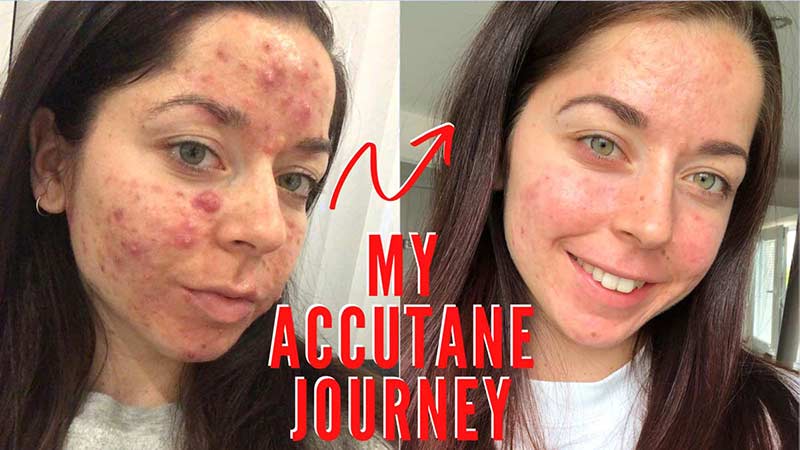

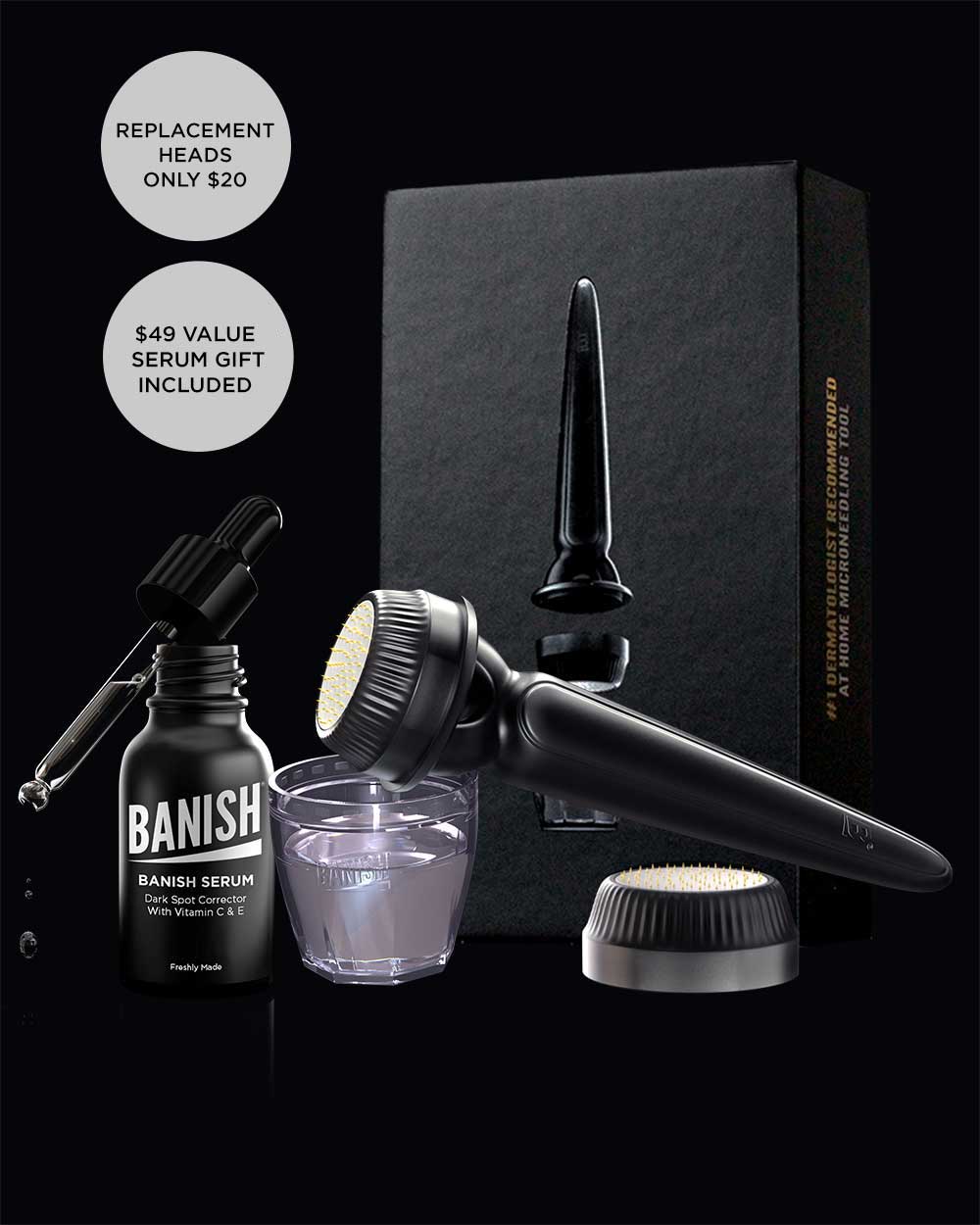



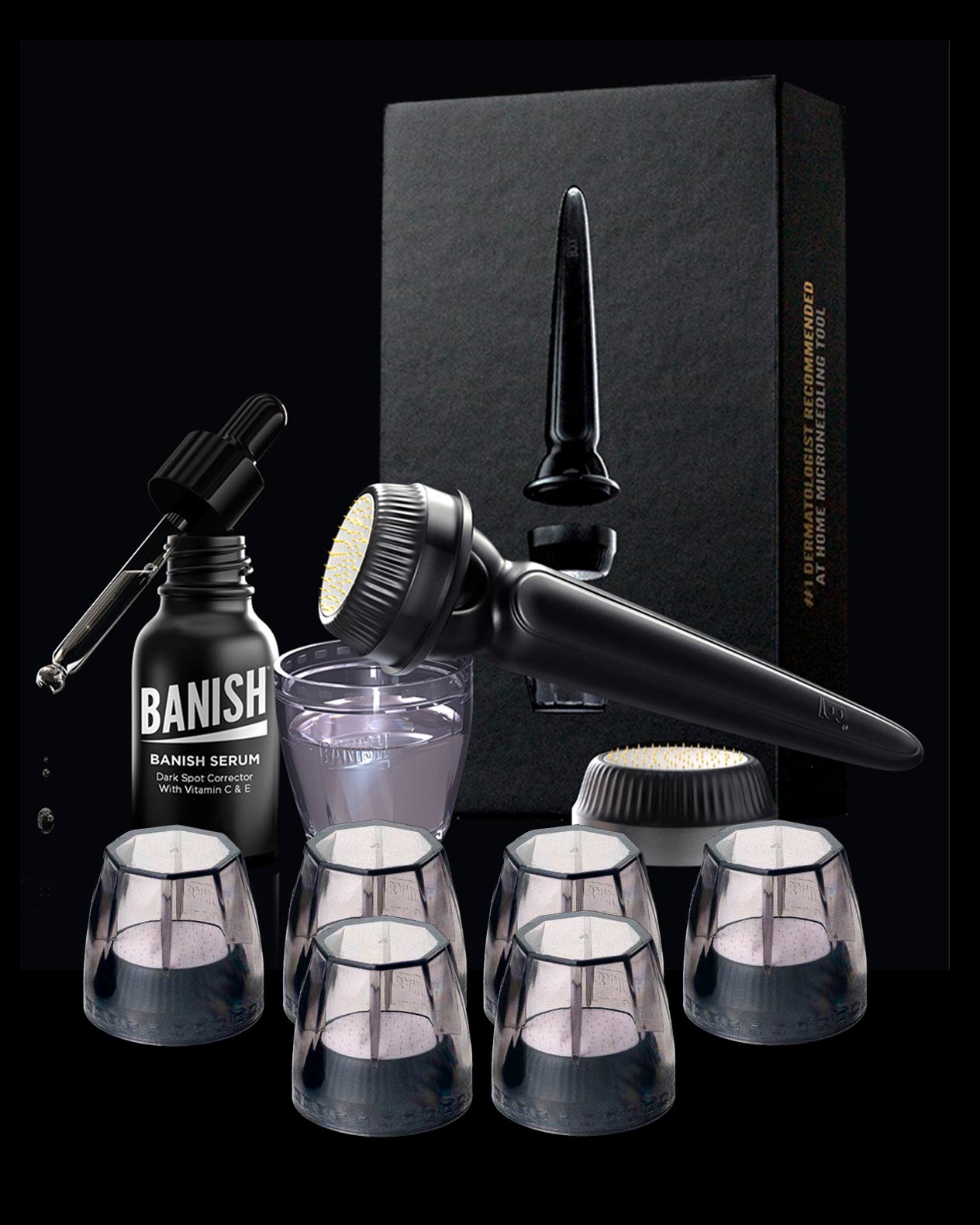
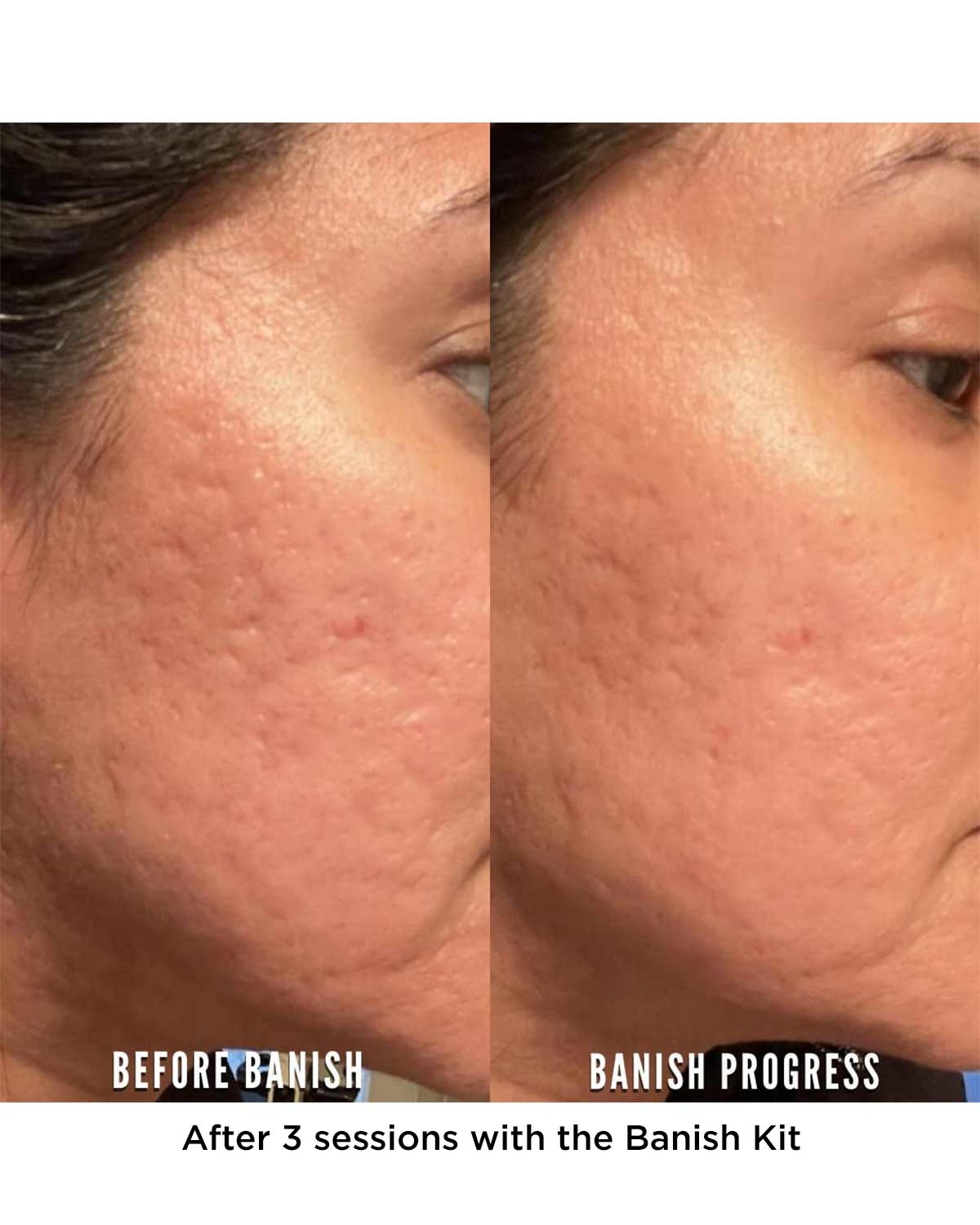


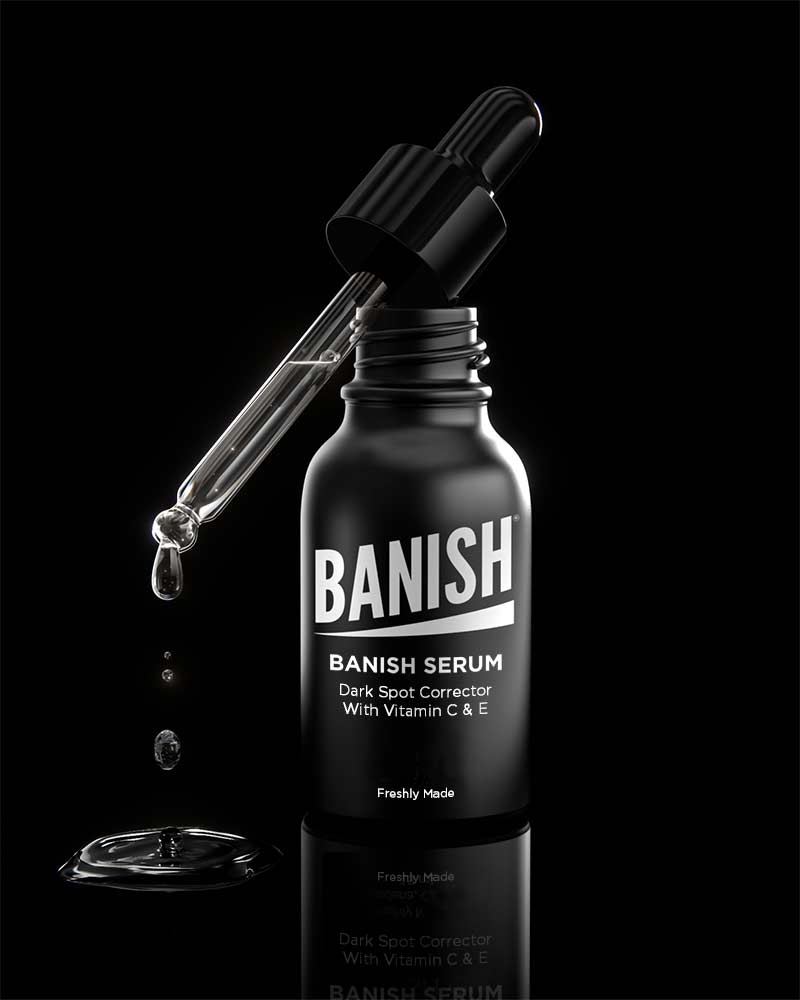

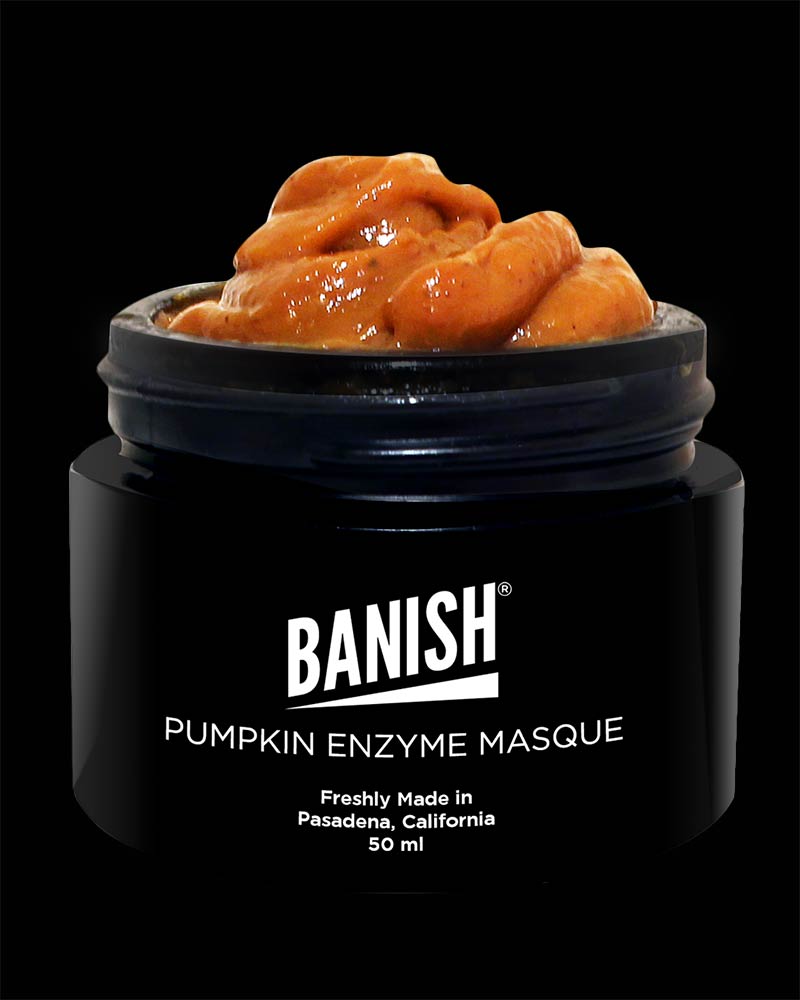
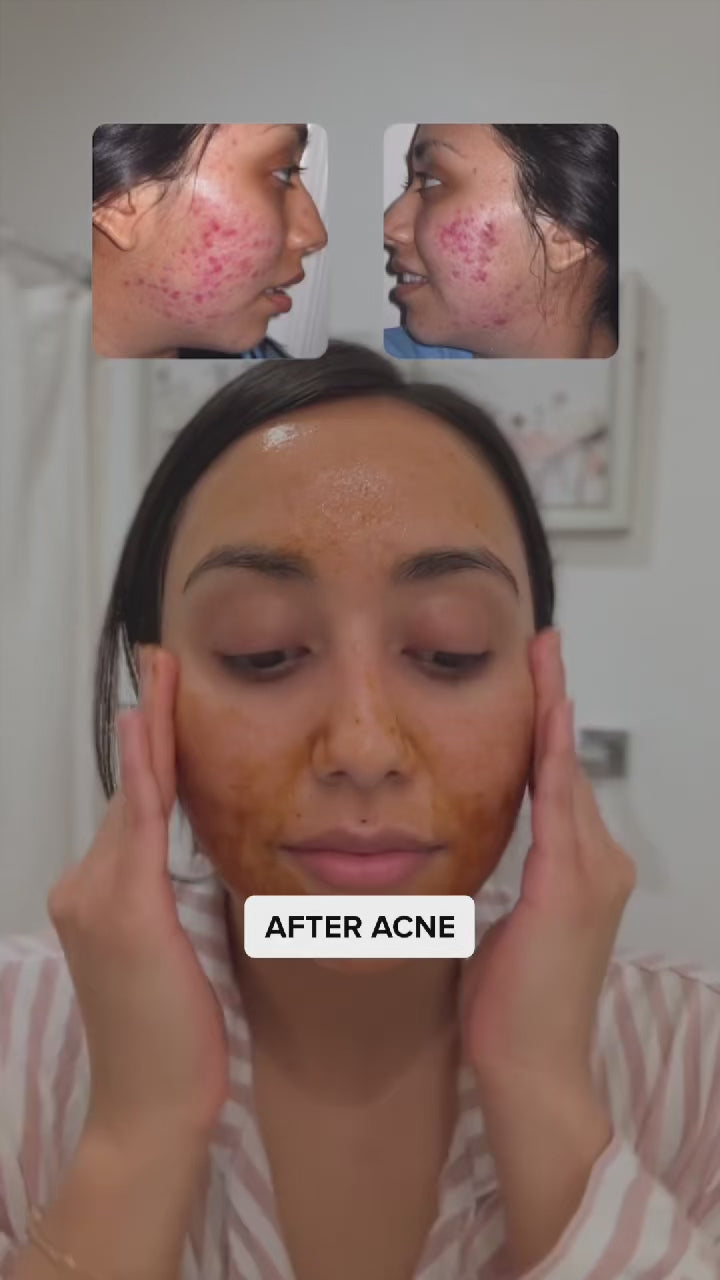
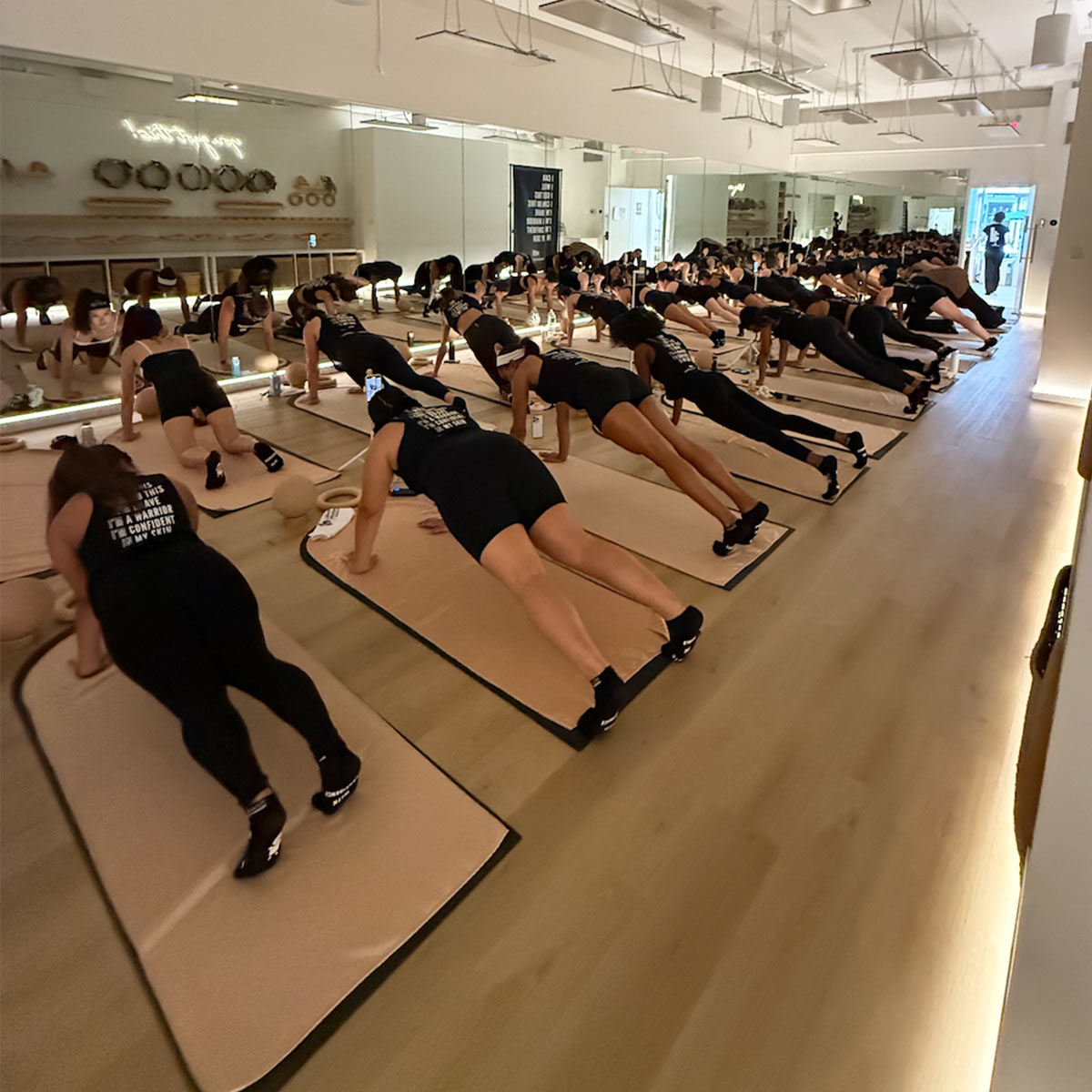



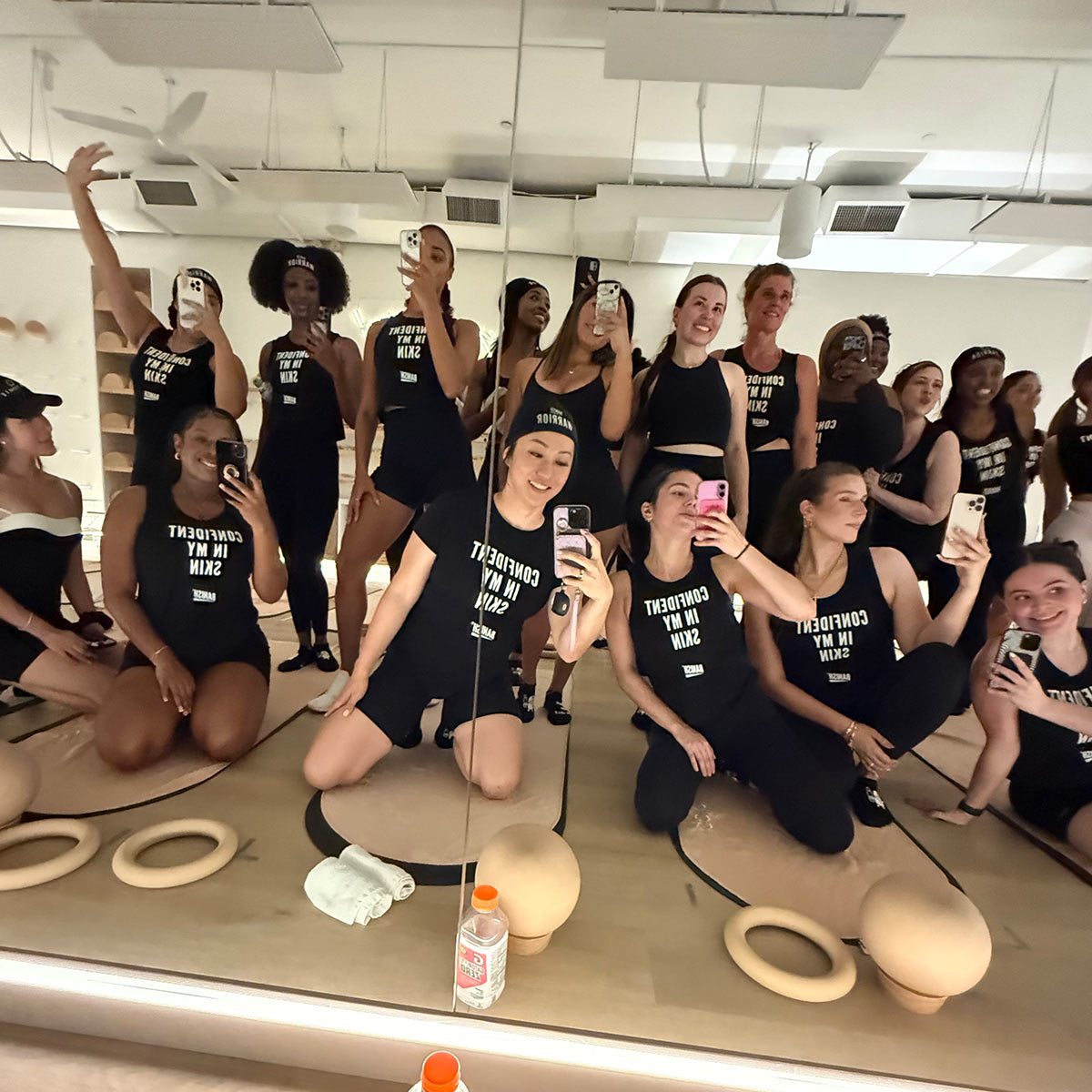

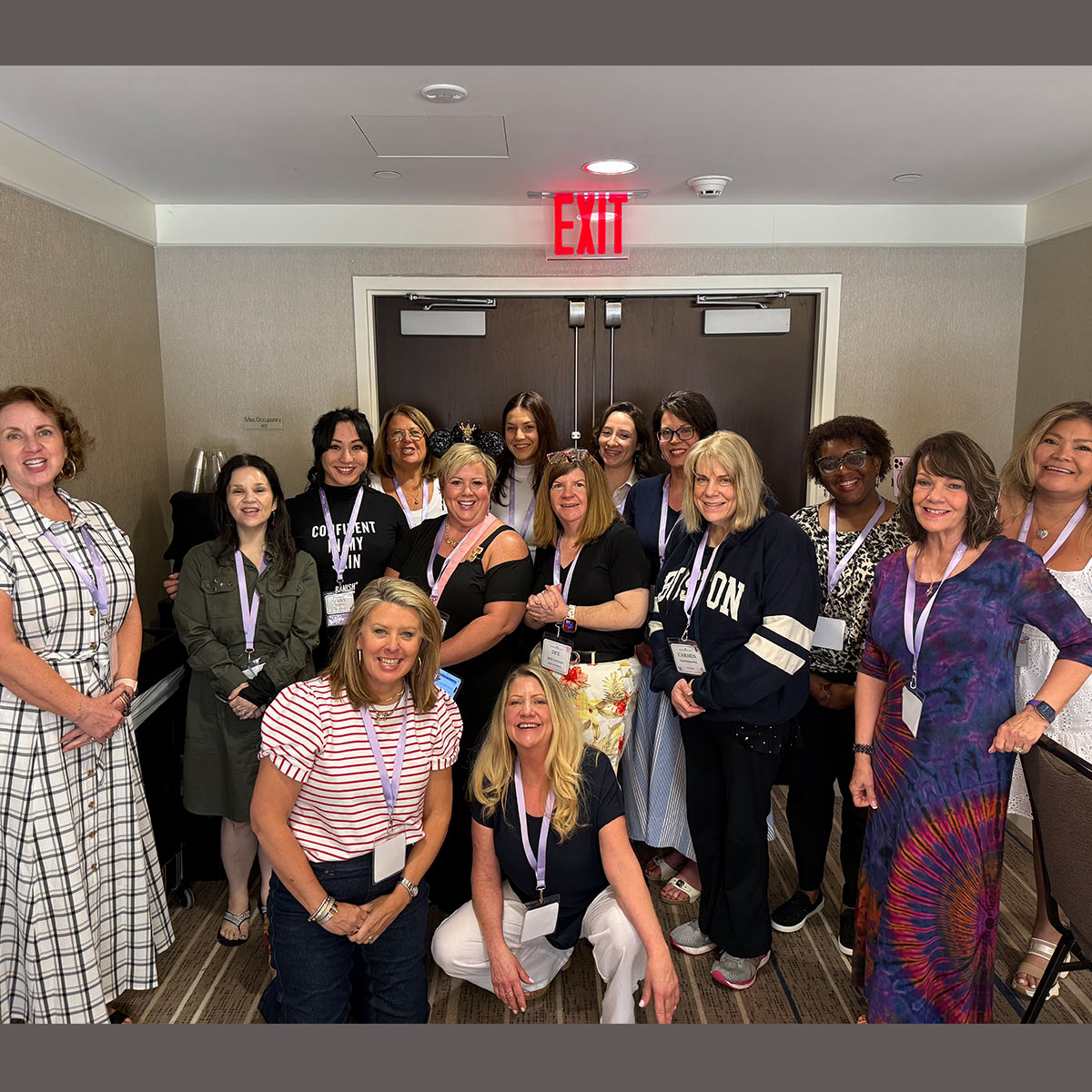


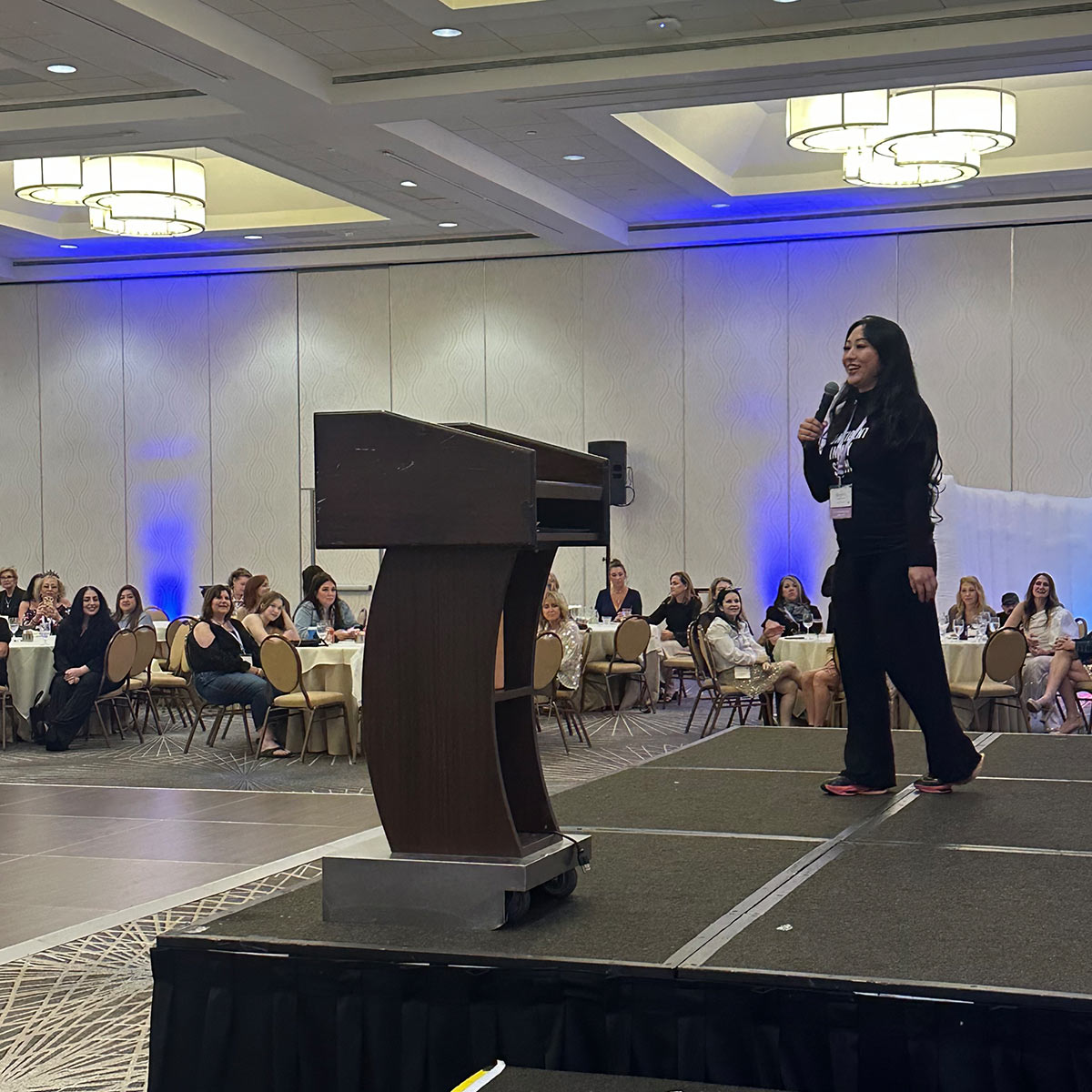
2 comments
BANISH
@VANESSA FREEMAN. We’re glad you found this helpful!!
Vanessa Freeman
Thanks! I appreciate this!
Leave a comment
All comments are moderated before being published.
This site is protected by hCaptcha and the hCaptcha Privacy Policy and Terms of Service apply.